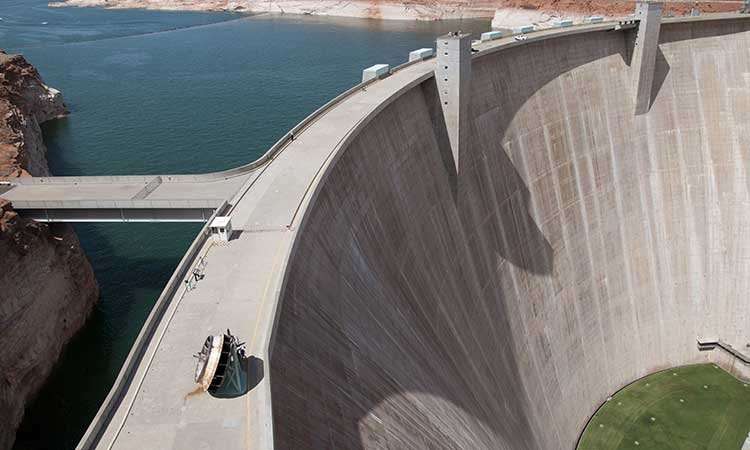Dams drive risk of fish extinction in the U.S.

Dams drive local extinction risk of native fish in the southern United States, according to a study by Florida International University.
The high number of dams built close to each other in the southeast significantly limits where fish can move throughout their lives, driving the risk of extinction for native fish in some areas, according to a study led by FIU ecologist John Kominoski. In the southwest, dams and climate change interact to drive the risk of native fish extinction in some areas. Although dams prevent flooding and provide people with water and electricity, the restriction of water flows in rivers and streams is proving to be a real problem for fish.
"There are many factors influencing the likelihood of localized extinctions, but dams were consistently a contributor," said Kominoski, assistant professor of biological sciences and researcher in FIU's Institute of Water and Environment. "It's not a one-size-fits all scenario, and some species are more at risk than others."
Healthy fish populations rely on water availability and variation in water flow. The researchers examined more than 850 species of native fish and looked at different traits, including fertility, lifespan, range of movement and water flow needs. Many of these fish are unique to a specific region, or even to specific rivers and streams, which makes them especially vulnerable to habitat degradation. Dams, which alter water availability and flow, are the overriding drivers of native fish losses.
The southern U.S. has experienced unprecedented population growth driving up water demands. Conservation efforts in flow-restricted rivers and streams have attempted to meet the water needs of people and the water needs of plants and animals, but doing this is challenging. The researchers hope this information will allow resource managers better understand where extinction rates are high, attribute them to specific causes and set water conservation priorities.
The study was published in Global Change Biology. It was funded by the National Science Foundation's Water Sustainability and Climate Program.
FIU's Institute of Water and Environment is dedicated to addressing global water and environmental issues through research, education and outreach. It is home to the Center for Aquatic Chemistry and Environment, Marine Education Research Initiative, Sea Level Solutions Center, and Southeast Environmental Research Center, as well as Everglades programs and international water programs.
More information: John S. Kominoski et al. Patterns and drivers of fish extirpations in rivers of the American Southwest and Southeast, Global Change Biology (2017). DOI: 10.1111/gcb.13940
Journal information: Global Change Biology
Provided by Florida International University




















